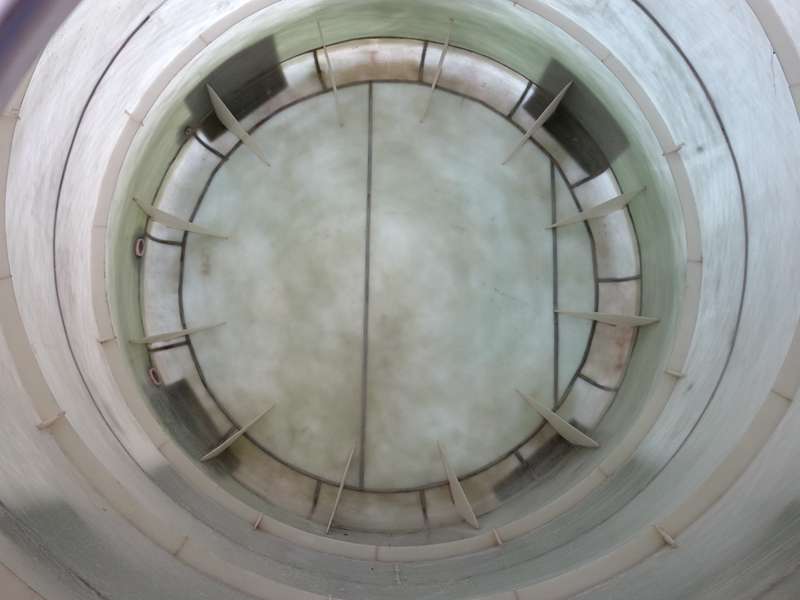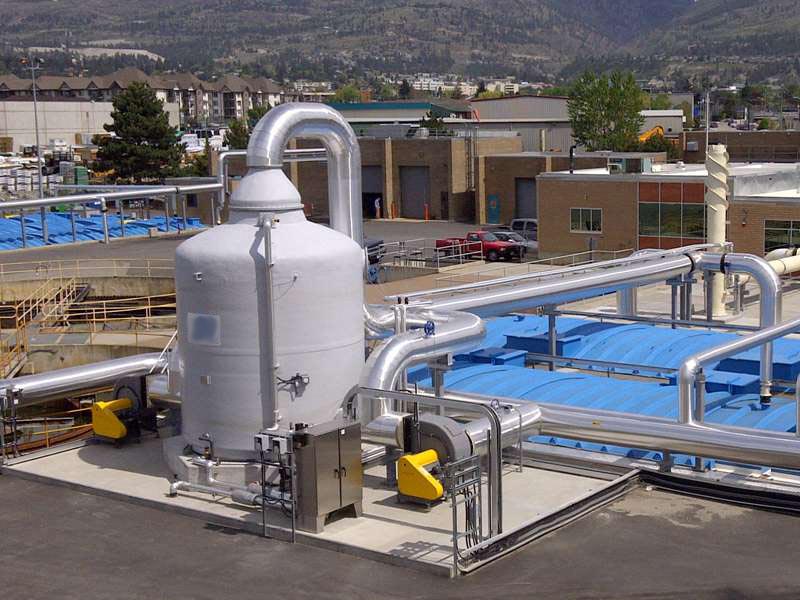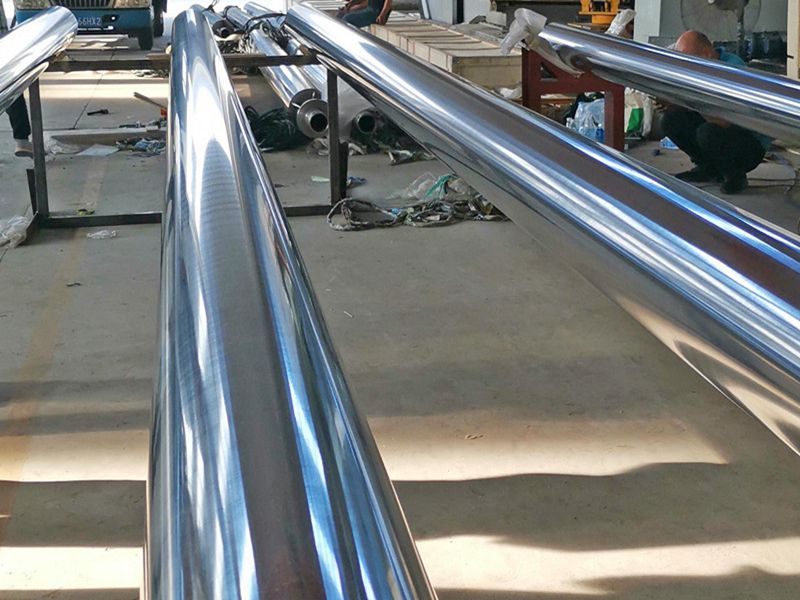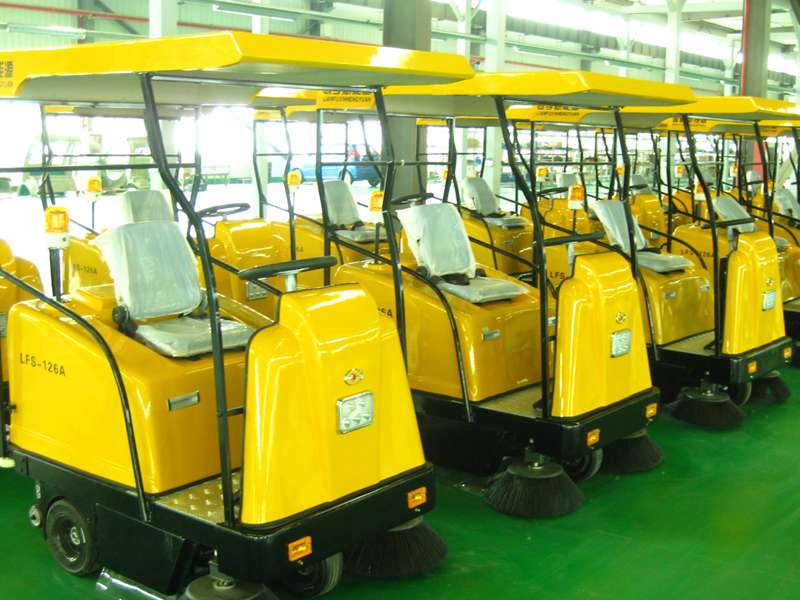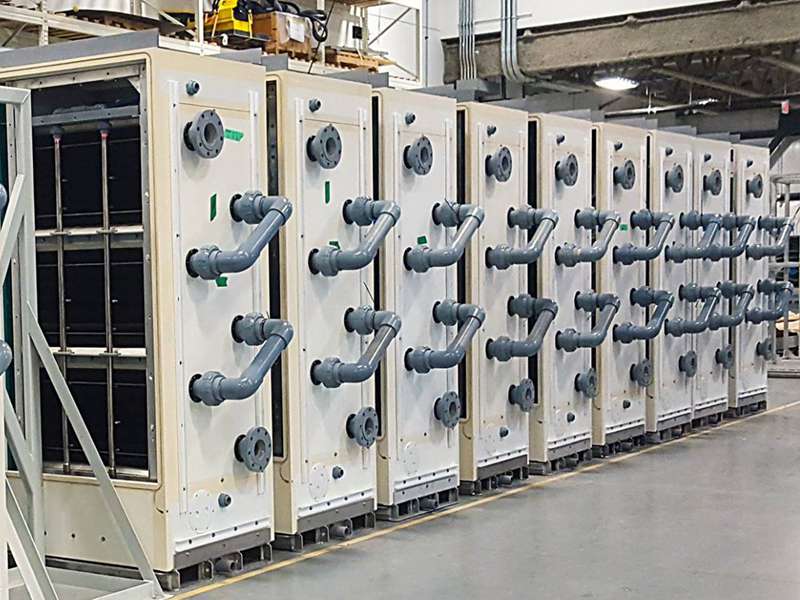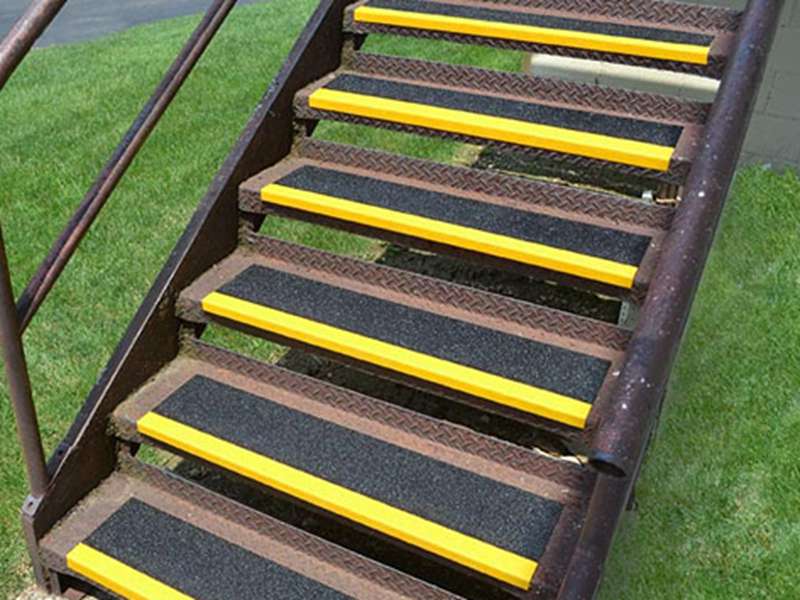
-
 Afrikaans
Afrikaans -
 Albanian
Albanian -
 Amharic
Amharic -
 Arabic
Arabic -
 Armenian
Armenian -
 Azerbaijani
Azerbaijani -
 Basque
Basque -
 Belarusian
Belarusian -
 Bengali
Bengali -
 Bosnian
Bosnian -
 Bulgarian
Bulgarian -
 Catalan
Catalan -
 Cebuano
Cebuano -
 China
China -
 China (Taiwan)
China (Taiwan) -
 Corsican
Corsican -
 Croatian
Croatian -
 Czech
Czech -
 Danish
Danish -
 Dutch
Dutch -
 English
English -
 Esperanto
Esperanto -
 Estonian
Estonian -
 Finnish
Finnish -
 French
French -
 Frisian
Frisian -
 Galician
Galician -
 Georgian
Georgian -
 German
German -
 Greek
Greek -
 Gujarati
Gujarati -
 Haitian Creole
Haitian Creole -
 hausa
hausa -
 hawaiian
hawaiian -
 Hebrew
Hebrew -
 Hindi
Hindi -
 Miao
Miao -
 Hungarian
Hungarian -
 Icelandic
Icelandic -
 igbo
igbo -
 Indonesian
Indonesian -
 irish
irish -
 Italian
Italian -
 Japanese
Japanese -
 Javanese
Javanese -
 Kannada
Kannada -
 kazakh
kazakh -
 Khmer
Khmer -
 Rwandese
Rwandese -
 Korean
Korean -
 Kurdish
Kurdish -
 Kyrgyz
Kyrgyz -
 Lao
Lao -
 Latin
Latin -
 Latvian
Latvian -
 Lithuanian
Lithuanian -
 Luxembourgish
Luxembourgish -
 Macedonian
Macedonian -
 Malgashi
Malgashi -
 Malay
Malay -
 Malayalam
Malayalam -
 Maltese
Maltese -
 Maori
Maori -
 Marathi
Marathi -
 Mongolian
Mongolian -
 Myanmar
Myanmar -
 Nepali
Nepali -
 Norwegian
Norwegian -
 Norwegian
Norwegian -
 Occitan
Occitan -
 Pashto
Pashto -
 Persian
Persian -
 Polish
Polish -
 Portuguese
Portuguese -
 Punjabi
Punjabi -
 Romanian
Romanian -
 Russian
Russian -
 Samoan
Samoan -
 Scottish Gaelic
Scottish Gaelic -
 Serbian
Serbian -
 Sesotho
Sesotho -
 Shona
Shona -
 Sindhi
Sindhi -
 Sinhala
Sinhala -
 Slovak
Slovak -
 Slovenian
Slovenian -
 Somali
Somali -
 Spanish
Spanish -
 Sundanese
Sundanese -
 Swahili
Swahili -
 Swedish
Swedish -
 Tagalog
Tagalog -
 Tajik
Tajik -
 Tamil
Tamil -
 Tatar
Tatar -
 Telugu
Telugu -
 Thai
Thai -
 Turkish
Turkish -
 Turkmen
Turkmen -
 Ukrainian
Ukrainian -
 Urdu
Urdu -
 Uighur
Uighur -
 Uzbek
Uzbek -
 Vietnamese
Vietnamese -
 Welsh
Welsh -
 Bantu
Bantu -
 Yiddish
Yiddish -
 Yoruba
Yoruba -
 Zulu
Zulu
Large Size Field Tanks for Industrial & Agricultural Storage Solutions
With the rapid development of global infrastructure, energy, water treatment, and chemical industries, the demand for Large Size Field Tanks is experiencing unparalleled growth. These colossal storage vessels are central to mass storage and process safety, with applications spanning petrochemical, metallurgy, pharmaceuticals, environmental engineering, and beyond.
This in-depth technical report explores the evolving landscape, manufacturing technology, specification trends, and real-world applications of Large Size Field Tanks, supported by fine-grained data, comparison charts, and authoritative standards, showing how these high-capacity tanks are reshaping modern industries.
Industry Trends of Large Size Field Tanks
According to Grand View Research, the global market value for large storage tanks exceeded USD 12 billion in 2023, with FRP (Fiberglass Reinforced Plastic) field-assembled models contributing over 17% and exhibiting a CAGR of 4.3% through 2030. The adoption of Large Size Field Tanks is driven by capacities exceeding 100m³, growing environmental standards (ISO 14001, API 650, GB 50341), and increased needs for durability and chemical protection.
Core Technical Parameters of Large Size Field Tanks
| Model | Tank Volume (m³) | Diameter (mm) | Height (mm) | Material | Wall Thickness (mm) | Operating Temp. (°C) | Design Pressure (MPa) | Corrosion Resistance | Industry Standard |
|---|---|---|---|---|---|---|---|---|---|
| LFT-500 | 500 | 6200 | 18500 | FRP + Vinyl Ester Resin | 26 | -20~75 | 0.1 | Excellent (pH 1-14) | ISO 14692/API 650 |
| LFT-1000 | 1000 | 9200 | 18500 | FRP + Epoxy Resin | 32 | -40~95 | 0.16 | Outstanding | ASME RTP-1 |
| LFT-1500 | 1500 | 10500 | 20500 | FRP + ECR Glass + UV Shield | 45 | -40~105 | 0.2 | Superior | GB 150.1~150.4 |
| LFT-2500 | 2500 | 13000 | 22000 | FRP + Carbon Fiber Layer | 56 | -55~120 | 0.26 | Exceptional | EN 13121 |
Manufacturing Process of Large Size Field Tanks
Large Size Field Tanks are engineered using site-assembled modular construction. The following diagram illustrates a typical FRP field tank manufacturing process, employing state-of-the-art technologies.
For an immersive video on advanced site tank assembly, visit Industry Assembly Video

Comparative Technical Advantages of Large Size Field Tanks
| Type | Typical Use | Lifespan (years) | Corrosion Resistance | Weight (kg/m³) | Thermal Conductivity (W/m·K) | Maintenance Cycle | Certifications |
|---|---|---|---|---|---|---|---|
| FRP Large Field Tank | Acid/Alkali, Water, Bulk Solvents | 35~50 | Excellent | 65 | 0.25 | 5 Years | ISO14692, GB150, FDA |
| Carbon Steel Tank | Oil, Fuel, Industrial Water | 20~30 | Poor | 310 | 53 | 2~3 Years | API650, ISO 9001 |
| Stainless Steel Tank | Food, High-Purity Water | 30~40 | Good | 285 | 15.1 | 4 Years | ASME, FDA |
| Concrete Tank | Municipal/Storage | 40~60 | Moderate (Degrades) | ~2400 | 1.5 | 7~10 Years | ASTM C150 |
Customized Solutions for Large Size Field Tanks
Large Size Field Tanks can be fully customized to meet extreme requirements in volume, operational temperature, chemical resistance, seismic performance, and intelligent monitoring.
Advanced calculation software (finite element analysis), 3D CAD/CAE modeling, and on-site installation support enable solutions for hostile environments.
Typical customization scope includes:
- Tank capacity: 100–10000 m³+ (up to 75m diameter)
- Special linings (PTFE/Conductive/UV): for acids, solvents, high-purity/food-grade
- Integration: Manways, nozzles, agitator flanges, sensors
- Fire protection, seismic bracing, secondary containment
- Comprehensive digital monitoring: level, temperature, leakage
- Anti-UV or Arctic-grade insulation systems for extreme environments
- Compliance: ISO14692, API 650, GB50341, FDA, NSF-61, WRAS
- Smart asset management via IoT connectivity (optional)
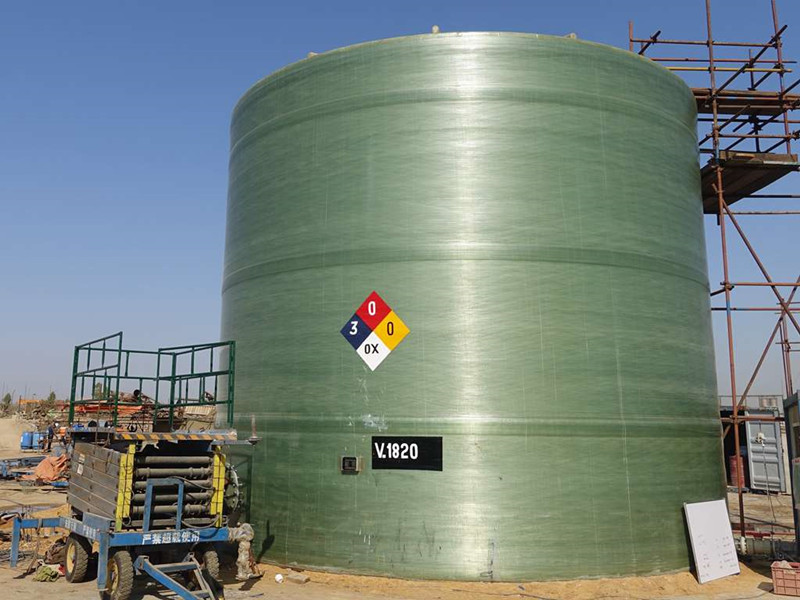
Application Scenarios and Advantages of Large Size Field Tanks
The superior attributes of Large Size Field Tanks—corrosion-proof, modular, light yet robust—make them the default choice across high-value fields:
- Petrochemical Storage: Secure bulk acid/alkali/oil product storage, explosion-proof, and long-term stability.
- Metallurgy: High-temperature acidic process tanks, leachate management for nickel/copper.
- Municipal Water/Wastewater: Chlorine storage, brine tanks, sludge digesters.
- Food Processing & Pharmaceuticals: Ultra-clean ingredient tanks, fully FDA/NSF-61 compliant.
- Environmental Engineering: Hazardous chemical neutralization, firewater, seawater desalination facilities.
- Mining: Cyanide tanks, slurry buffer vessels, process water, all requiring high safety margins.
Application Case Studies
1. Wastewater Treatment Plant Expansion (2022, Southeast Asia)
Challenge: Process tank replacement for a 40,000m³/d municipal wastewater plant, with frequent acid/alkali cycles.
Solution: On-site assembled Large Size Field Tanks (1700m³/unit, ECR-glass FRP, ISO14692 certified).
Result: No leakage, 35% cost saving over stainless steel, chemical attack free after 3 years (continuous monitoring data provided).
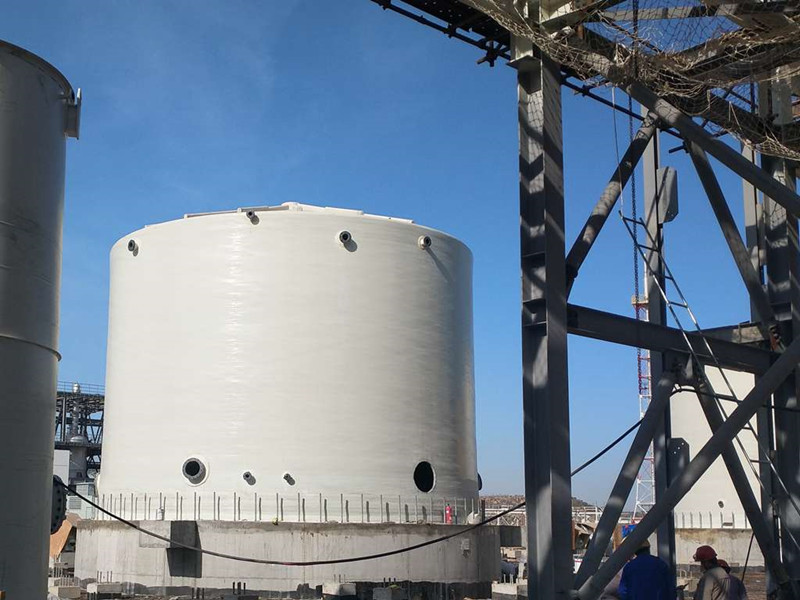
2. Mining Cyanide Leaching Plant (Australia, 2023)
Requirement: Large Size Field Tanks for sodium cyanide, with high-velocity abrasion, -20°C winter conditions.
Customization: Multi-layer FRP, lined with conductive anti-static material; full insulation.
Feedback: Maintenance engineer commented, “Zero downtime, integrity stayed perfect, outperforming previous carbon steel by far.”
“…Composite field tanks from JRain have set the reliability benchmark…”
— Metals & Mining Review, 2023 (see source)
3. Chemical Terminal Acid Storage (Europe, 2021)
Challenge: Highly concentrated sulfuric acid, strict emissions controls.
Solution: FRP site tanks with PTFE lining and real-time vapor sensor (client: ECSA Chemicals).
Result: Exceeded ISO environmental standards, improved operational safety, reducing emissions by 96%.
Top Manufacturers & Authority Credentials
FAQs: Professional FAQ on Large Size Field Tanks
1. What is the primary material used for Large Size Field Tanks?
Most advanced field tanks use FRP (Fiberglass Reinforced Plastic), which combines chemical resistance (from vinyl ester/epoxy resins) and high mechanical strength (from E-glass or ECR glass fibers). Alternative materials are carbon steel, stainless steel, and concrete.
2. What are typical technical specifications available?
Capacities from 100 m³ to over 10000 m³, diameters up to 25m+, wall thickness of 15–60mm depending on height and fluid, operable at -55°C to +120°C, typical design pressures 0.1–0.6 MPa. See detailed parameter tables above.
3. How is corrosion resistance ensured?
Corrosion-proof capacity arises from specific resin choice (vinyl ester for acids, epoxy for solvents), multi-layered composite structure, and optional PTFE/FEP internal linings. All designs are verified per ISO14692, API650 or EN13121.
4. What are the industry installation/inspection standards?
Major installations conform to ISO14692, API 650 (Appendix M for FRP), ASME RTP-1, GB50341, and EN13121. Inspections include hydrostatic testing, ultrasonic NDT, and visual QA with client sign-off.
5. What is the standard lead time for a Large Size Field Tank order?
Engineering & manufacturing: 4–10 weeks, shipping & site assembly: 1–3 weeks per tank (for 500–3000m³). Early client design input and pre-installation survey can further optimize project schedule.
6. What is the warranty period and service support?
Standard warranty: 18–24 months for complete tank, up to 10 years for core structure against corrosion. On-site supervision, remote diagnostics, and periodic inspection service are included.
7. When is field-assembled construction preferable?
Field-assembly is essential when tanks exceed the max transportable size, need integration with complex piping, or where access limits foundation size. JRain’s modular systems facilitate rapid on-site build even in remote, harsh environments.
Delivery Cycle, Warranty & Quality Control
- Typical Delivery Cycle: 7–18 weeks overall, including engineering, manufacturing, sea/rail transport, on-site erection, and joint testing.
- Warranty: 2 years for general parts, 10 years for composite shell (subject to inspection/maintenance).
- Quality Control: Full-chain QA—material certificate, 100% dimensional/scanning, pressure/leakage, NDT (infrared, ultrasound), and witness by third-party inspector.
- After-Sales Service: 24/7 technical support, global on-site teams, spare parts supply, remote troubleshooting via IoT interface.
Need tailored tank design or have complex regulatory requirements? Contact a Field Tank Specialist
References, Further Reading & Industry Research
- Fiber-reinforced polymer composite tanks: Design advancements and long-term performance, ResearchGate, 2022.
- Global Storage Tank Market by Material and Application, Grand View Research, 2024.
- Field Tank Design, Sourcing & Failures (Professional Engineer Forums, Eng-Tips)
- ASME Digital Collection: Composites for Bulk Storage
- JRain Composite Large Size Field Tanks – Technical Sheets
Latest news
-
Premium Custom Covers for All Purposes - Durable & WeatherproofNewsJul.28,2025
-
Large Size Field Tanks for Industrial & Agricultural Storage SolutionsNewsJul.28,2025
-
High-Efficiency Scrubbers for Industrial Air Pollution ControlNewsJul.27,2025
-
High-Quality Mandrels and Molds for Precision ManufacturingNewsJul.26,2025
-
High-Performance Fans, Dampers & Demisters for Industrial SolutionsNewsJul.25,2025
-
High-Quality Fittings for Plumbing, HVAC & Industrial NeedsNewsJul.24,2025


